
Minimalist Interior Design is Becoming Popular
Having a minimalist interior design style at home is a hot topic many are talking about. But, what are the benefits of having a minimalist style at home? Well… you’ll find out more in this article.
People are getting busier and overwhelmed with constant pressure from demanding careers and personal lives.
Home should be our sanctuary or a retreat for our entire family. At the end of a hectic day, it’s a place for you to get away from the overstimulated world.
Minimalism fosters mental clarity and calm, so it can increase our ability to focus and process information. It has less stuff to clean, so you can spend more time on your personal pursuit, thereby growing your life satisfaction.
The best part is that you don’t need to hire an interior designer to design or decorate it. You don’t need a big budget neither for a minimalist makeover.
Less is More
There is a misperception that so many people have about minimalism. In fact, It’s not only about having almost nothing in your house. Designing a minimalist home doesn’t mean you need to sacrifice the design style that you like. The core principle is to remove unwanted distractions and emphasize the essence you value the most in the house.
A minimalist home not only has minimum furniture, but each piece is minimal in itself. This doesn’t necessarily mean the house will look cold, stark, unfinished, and sterile. In fact, after the process of minimizing, you’ll be feeling more at home than ever. Your home will be a place you anticipate returning to every single day.
By understanding the 5 principles, you can create a gorgeous minimalist home that achieves perfect balance and harmony.
1. Essential Pieces
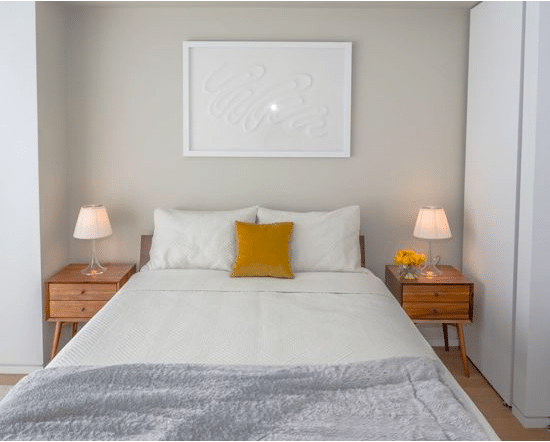 (image credit: houzz.com)
(image credit: houzz.com)
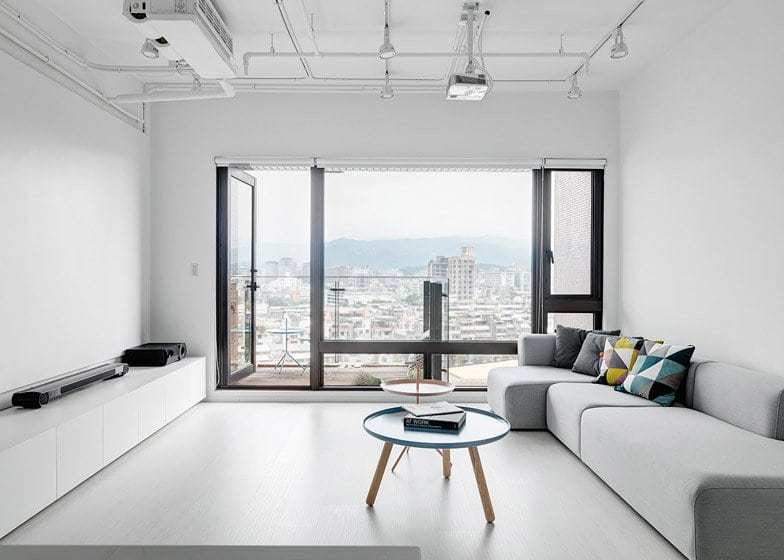 (image credit: dezeen.com)
(image credit: dezeen.com)
The main principle of minimalist interior design is to only include the furniture that is truly essential to a room from both the functional and aesthetics standpoint.
For example, the bedroom in the photo has a bed, two nightstands, and two table lamps on each side that make the bedroom functional enough. It has enough decor, like a vase of flowers on one nightstand and a simple white artwork on the wall to add interest into the room.
The photo at the bottom also demonstrates the principle where it only has the essential furniture for a living room. The living room has a stark contrast with the view from the window and works so well with so little.
2. High-Quality Material
 (image credit: houzz.com)
(image credit: houzz.com)
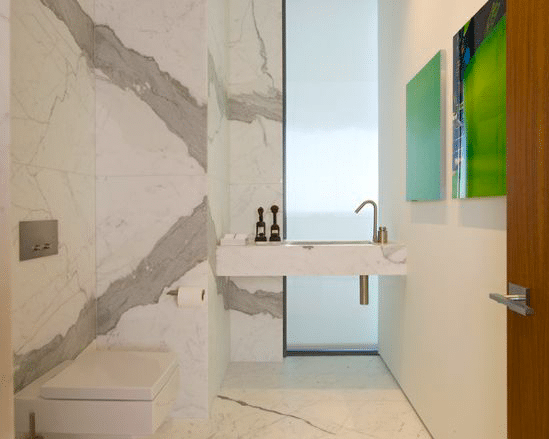 (image credit: houzz.com)
(image credit: houzz.com)
Choose high-quality pieces and materials for the remaining items and finishes that you can afford.
You can splurge on the furniture’s material or the finishes of the fixture in the kitchen or bathroom to elevate your space, and you won’t break the bank by doing that. For example, the dining room has a quartz tabletop that accentuates the spaciousness in the photo.
The powder room has a brass-finished fixture, a marble sink, and marble wall tiles that draw as much visual attention as they deserve.
This is important, especially when there are much fewer pieces in a minimalist space.
3. Plenty of Space Around Each Item
 (image credit: himasi.club)
(image credit: himasi.club)
 (image credit: houzz.com)
(image credit: houzz.com)
Each item in a minimalist space should be given plenty of breathing room which means there is plenty of space around each item.
Things in a minimalist room are simple, beautiful, and add interest to the area.
Giving sufficient space around each item allows each item to be truly appreciated on its own.
Besides just one piece of accessory, you can also include a group of coordinating accessories in space, which should be the only set of accessories in the particular area. For example, the dining room in the photo has three coordinating vases on the dining table, and there are just three of them.
4. Focal Point
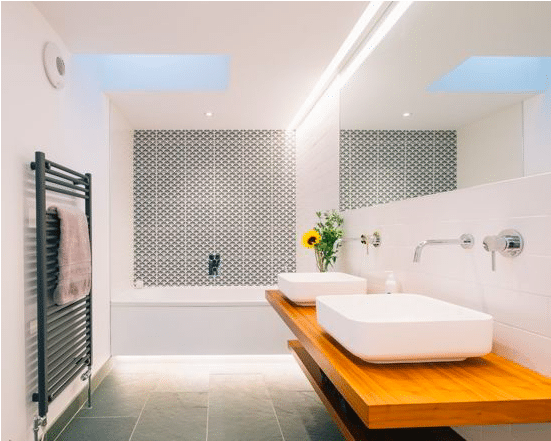 (image credit: houzz.com)
(image credit: houzz.com)
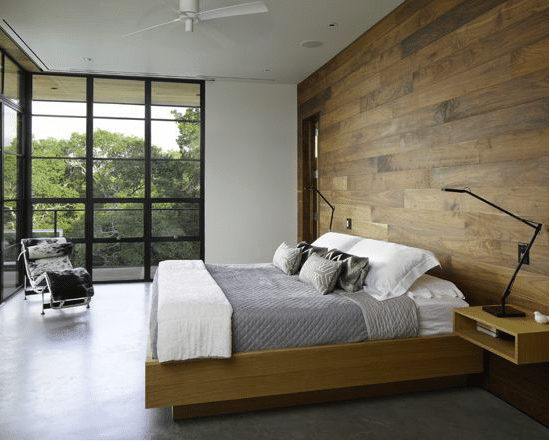 (image credit: mochacasa.com)
(image credit: mochacasa.com)
A focal point is a common design principle we use in any style.
It’s essential to have a striking focal point in a minimalist space too.
It is a design element that draws your eyes when you enter the room, and it should be the only piece you decorate around.
As you can see from the photos, the statement wall tiles in the bathroom and the wall treatment behind the bed in the bedroom is the focal point in each room.
5. Negative/Empty Space
 (image credit: myparadissi.com)
(image credit: myparadissi.com)
 (image credit: SBS Batiments)
(image credit: SBS Batiments)
 (image credit: NorthWall Builders, Inc)
(image credit: NorthWall Builders, Inc)
Minimalist Interior design is a celebration of empty space. It’s a design element that refers to an area in a room that is noticeably absent in terms of furniture or décor where you’d typically have some types of furniture piece or décor.
The concept of minimalist design is to reduce everything down to its essential quantity and achieve simplicity.
Each furniture piece is given room to breathe so you can see an abundance of empty space. Each piece in the room is then allowed to shine.

Great content. Focal point is a good tips in decorating my home in minimalist concept.